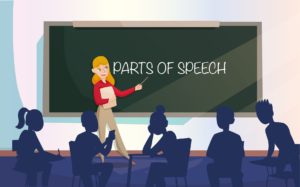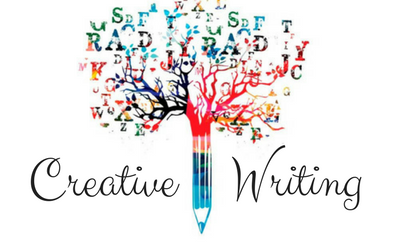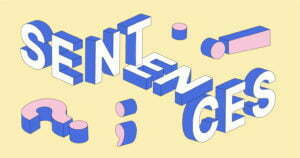You pick a book, and open the first page — what do you see? Well, the first page always has the title of the book. You flip to the next one, you see copyright claims and a bunch of publication details. It is after that we observe a series of pages labeled with different headings — table of contents, acknowledgments, dedication, and much more.

Although there is no specified order of appearance of these elements, the traditional sequence is as follows –
These elements are not based on a chronological sequence. However, they follow certain conventions which might be seen in most of the books. While there is no restriction as to if these elements should occur or not, it is good to include them as such components make the book more credible and professional.
Parts Of A Book
We, at Podium School, are here to decipher these elements of a book so that you understand their objective, and know when and where to use them.
Title and Copyright Page
The title page comprises the title, subtitle, author(s), and publishing company name. It might also comprise the edition number of the book.
The copyright page contains the copyright claims as well as the ISBN code of the book. ISBN is an abbreviation that stands for International Standard Book Number. Click here for more information on ISBN.

Dedications
We often come across a page on which ‘dedicated to…” is inscribed. This is to endow a particular person or a small group of people with high honor, in order to praise them. Writers often dedicate their books to a loved one, or close family member, or friend. It is usually an informal address, written in two to three lines.
Regarding the dedications page, we generally don’t label the page as ‘dedications’.
Table of Contents
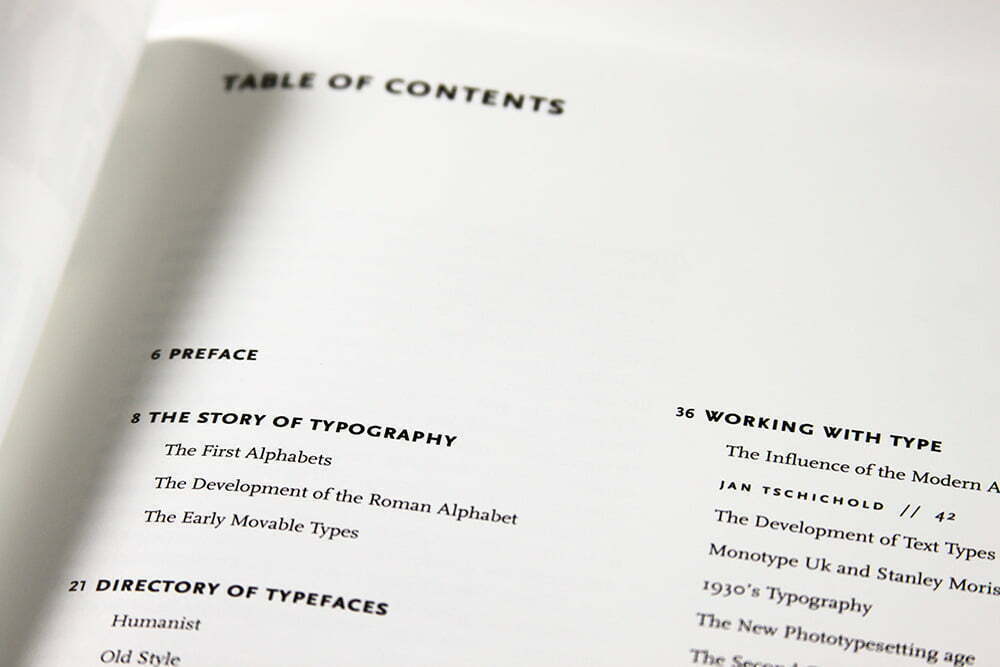
This element allows the reader to know the basic theme of the book. As the name suggests, it is a table of all the contents and topics covered in the book — along with their corresponding page numbers.
Readers use the table of contents as a guide to direct themselves towards whichever topic they want to go through. It mostly contains only the broader topics and not the subtopics. It is a compulsory element in all the books that are used for educational purposes and is always located at the beginning of the book.
Foreword
Often misspelled as ‘forward’ or ‘foreward’, foreword directly translates to ‘before the word’. It is a brief introduction to the book. It informs the readers of the relevance of the book to the subject, and why they should read it.
Someone other than the author i.e. a third party composes this section. The person is usually someone who has worked in close association with the author — a colleague or a professor working in the same field. Therefore, you might find forewords more often in academic publications. The author chooses the writer of the foreword, and the more famous the source is, the better endorsement the book gets.
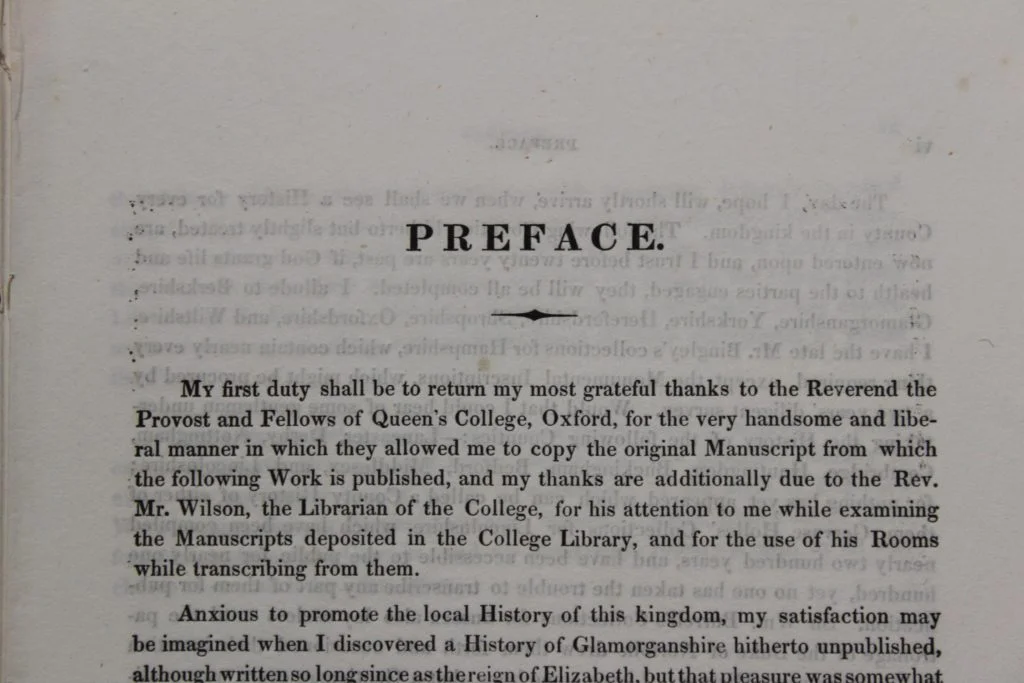
Preface
Contrary to the foreword, the preface is written by the author itself. In this piece, we get to know the informal background of the book. What compelled the author to write it, what is the central tenet of it, what difficulties were faced during its composition etc — all this is incorporated in the preface.
It is not essential to include every bit of information, just the fragments that the author deems interesting and note-worthy. This allows the writers to introduce, and build credibility for themselves.
Acknowledgments
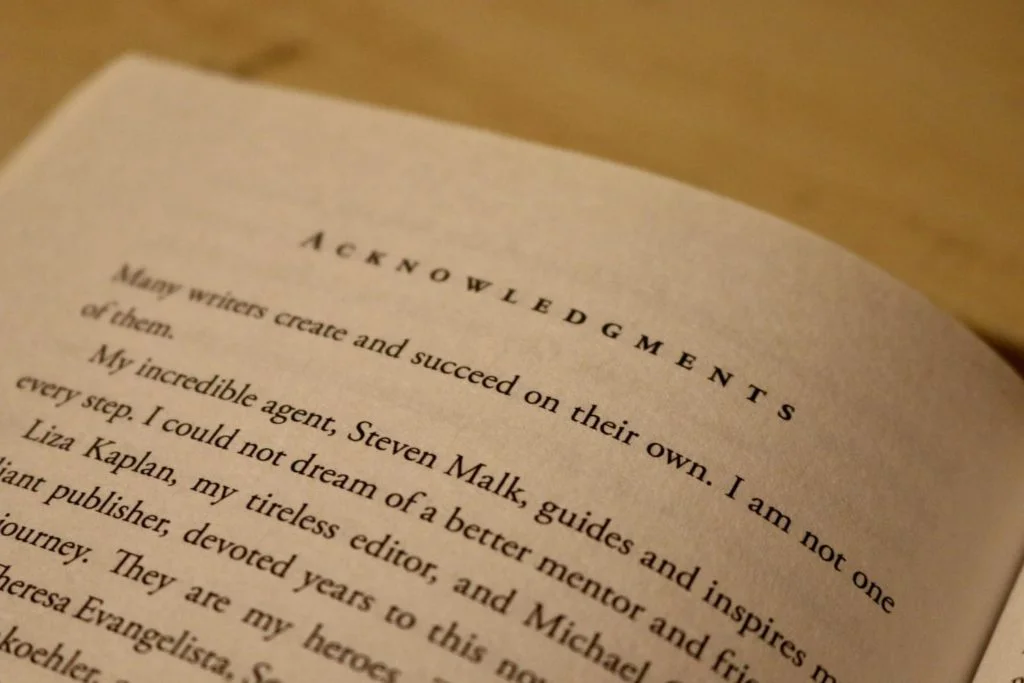
Well, the label here itself gives away its meaning. The author of the book acknowledges and expresses their gratitude towards everyone and every source with whose help the book came into existence. It is a public and permanent appreciation. It can be either at the beginning of the book or at the end — the author’s choice!
The people referred to in this column usually include researchers, editors, publishers, teachers, supervisors, family, and friends. The authors mention their full names as some people use this section for their own reference letters. We find acknowledgments in almost every genre of book, and articles including dissertations and research papers.
Bibliography
It is a list of citations. It comprises all the direct references — books, authors, websites, articles, blogs — used in the book. The citations must include the referenced author’s name, their book or article, and the year of publication.
The sole purpose of a bibliography is to avoid plagiarism. It acknowledges the original source of information. Literary sources used for educational purposes usually have this section.
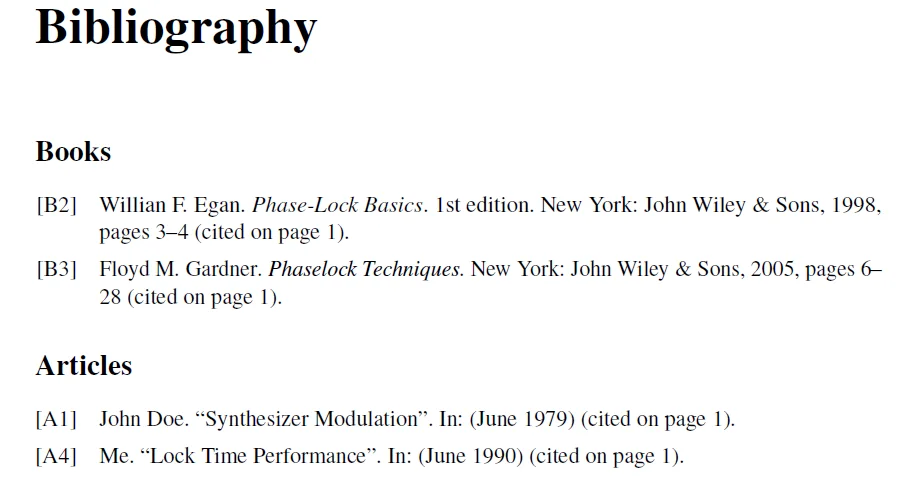
Appendix
It comprises all the supplementary materials which are not the main subject, but relevant to it. It provides additional information which increases the understanding of the contents of the text and can be used as a reference. Graphics (tables, maps, graphs) and sample questions are a part of it.
We find an appendix not only in books but also at the end of some manuals.
Index
It is an alphabetically arranged list of all the terms and phrases mentioned in the book, along with their corresponding page numbers. It allows the readers to acquire easy access of information on a specified topic. Jargons, phrases, names, people, places — are all included in this section.
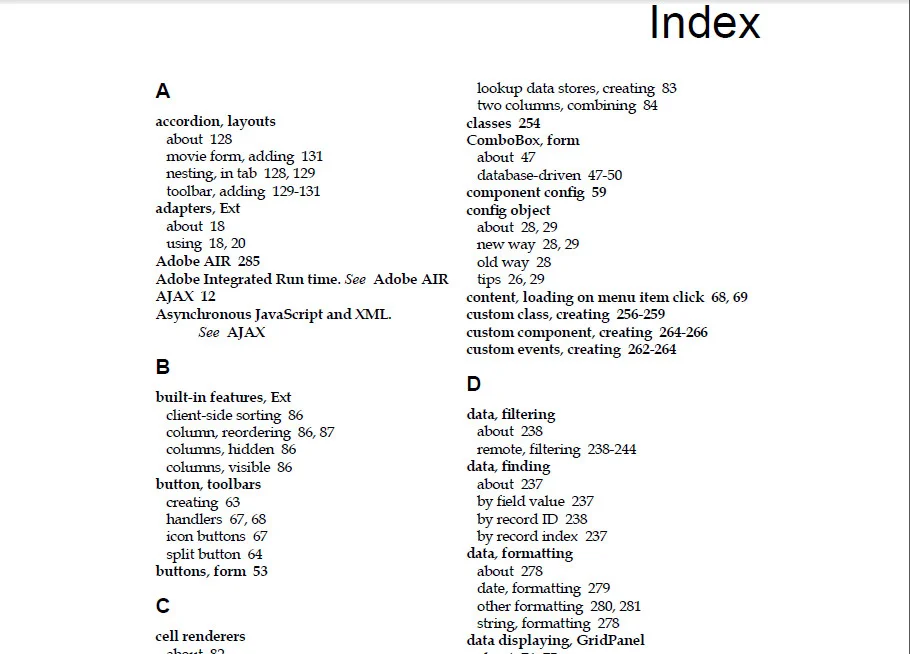
Some books also have these additional elements-
Author Biography
It is a brief introduction to the author(s), that mentions their name, education, and other publications. It may be at the beginning of the book or the end, and sometimes even on the back jacket. Presently, many authors choose to have an unconventional biography to build a personal connection with the audience.
Key or How To Use This Book
Usually, in dictionaries and directories, we come across a page of all the abbreviations and symbols which will be used in the book. This is for better understanding, and to avoid any sort of confusion.
Need More Assistance Regarding Books?
Podium School is your ultimate guide for anything and everything. From art classes to books to movies, you can find everything at our Podium Blog. Need new books to read? Well, I would say you click here to find some amazing books by famous authors such as Charles Dickens, Ruskin Bond, and J.K.Rowling. We have a checklist of comics too for those who are interested in fun reading.
We offer an array of articles to hone your creative writing skills. And now that we have broken down the anatomy of a book, we suggest you start composing your first book.
Share with your friends



